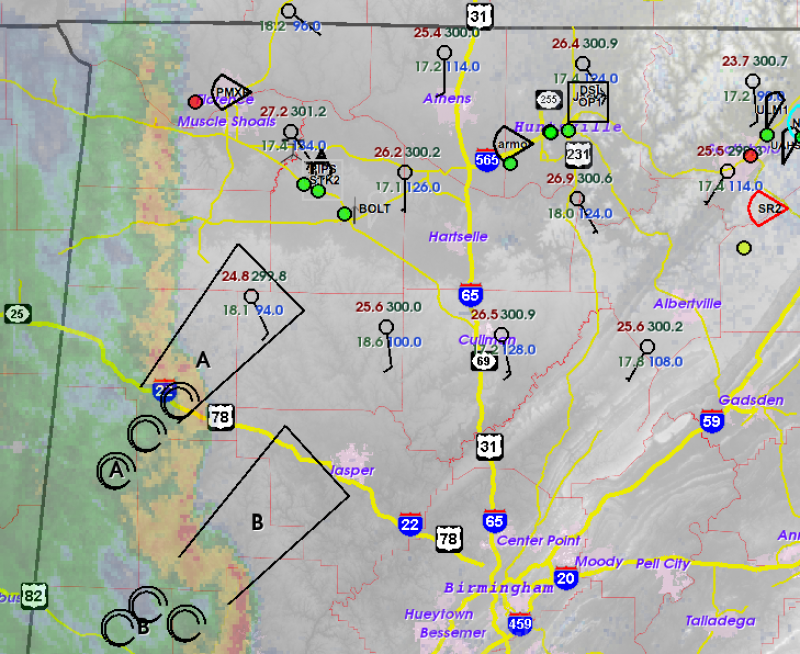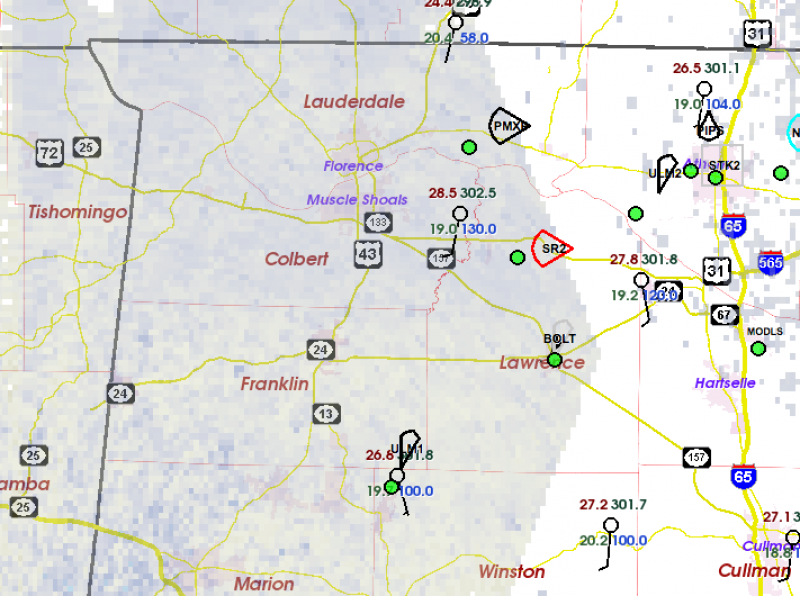STATUS:IOP
We have moved the U. Oklahoma SMART-Radars to the northern AL subdomain at Huntsville, and all the needed platforms should be available for a mission tomorrow (Mon 19th).
Despite small run-to-run fluctuations, the numerical guidance continues to show the potential for tornadic supercells in the domain tomorrow. Some significant tornadoes may occur. This overall theme has been present in the forecasts since Thursday morning, but that’s no guarantee that it will come about.
I sent a special heads-up email this morning to a group of more than 20 researchers in the social, behavioral, and engineering sciences because many of these folks are engaged in studying how the lead-up to tornado events influences reactions to an actual threat, and many of them need to do research immediately following tornadoes or tornado warnings. We all hope for no suffering, while still being ready to learn how to reduce or prevent the suffering caused by future events.
Right now, we are expecting convection to develop in eastern MS around 2 PM, and sweep east across AL and into GA by sunset. The P-3 aircraft is scheduled to take off at 2 PM on Monday.
I will try to post an update just prior to our observing mission… midday Monday.


